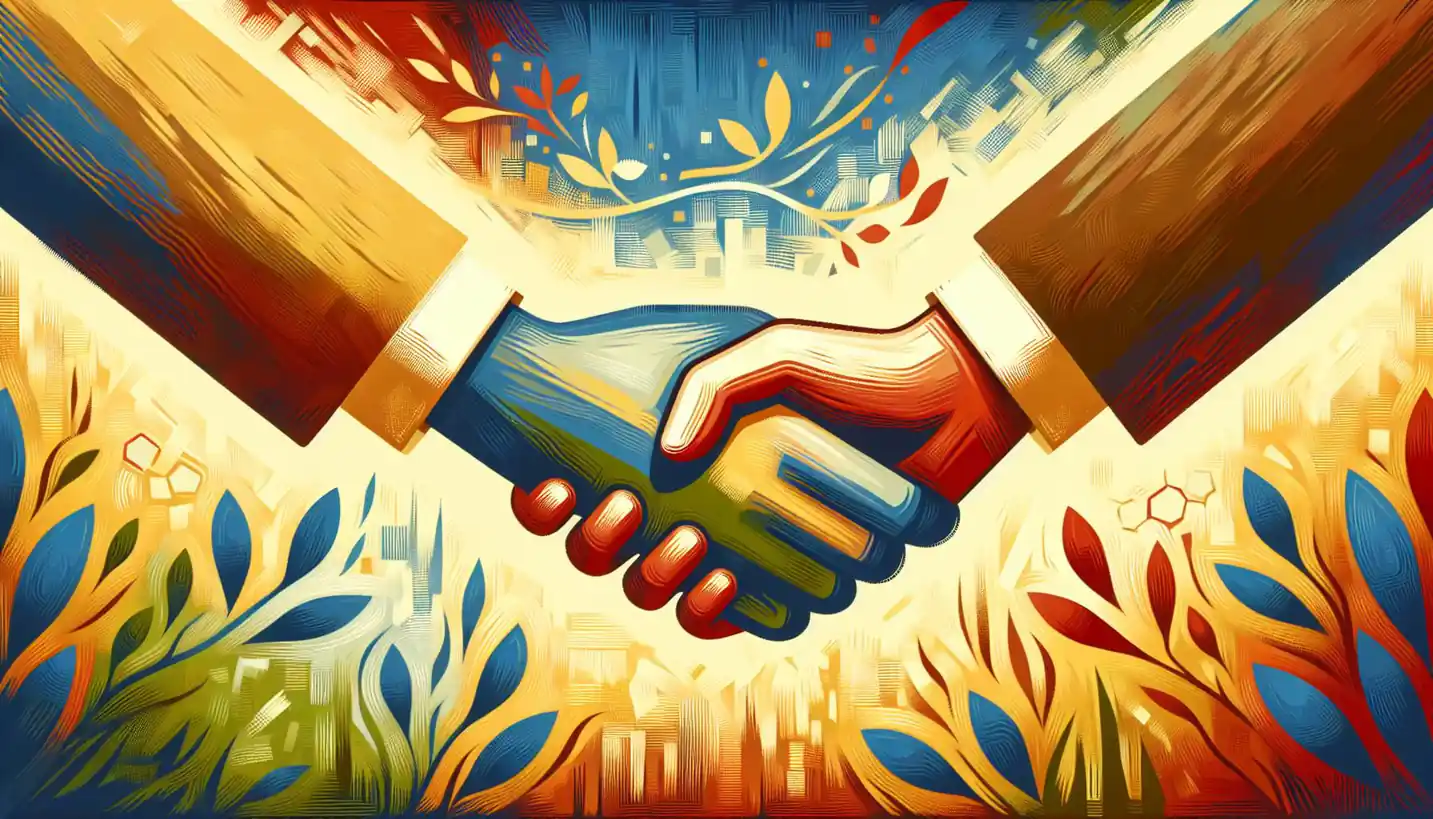· Sociology · 4 min read
Environmental Justice: Understanding the Battle for Fairness
Environmental justice sheds light on fairness in environmental policies. Uncover the ongoing struggle for equity and its sociological implications.

In recent years, environmental justice has become a buzzword, echoing through the halls of both academic institutions and grassroots communities. But what does it really mean, and why is it crucial for the well-being of our planet and its people? Let’s dive into the concept of environmental justice, exploring its roots and why it remains a pressing issue today.
Environmental justice is the fair treatment and meaningful involvement of all people, regardless of race, color, national origin, or income, concerning the development, implementation, and enforcement of environmental laws, regulations, and policies. Simply put, it’s about making sure that everyone gets a fair share of the benefits and burdens of the environment. But it’s not only about fairness; it’s about providing a voice for those often left unheard.
The term “environmental justice” gained prominence during the civil rights movements in the 1980s in the United States. Communities of color at that time began to notice a pattern: they were more likely to be located near hazardous waste sites or exposed to pollution compared to white communities. This realization led to a significant outcry and push for change, birthing a movement that continues to grow and evolve.
One of the key moments in environmental justice history was the landmark study conducted by the United Church of Christ’s Commission for Racial Justice in 1987. This study revealed that race was the most significant predictor of where hazardous waste facilities were located in the United States. The findings were startling and helped galvanize further activism and research.
Let’s consider an example to understand this more clearly. Imagine a community living near a busy industrial plant. The air quality there is poor due to constant emissions, and many children in the area suffer from asthma. Now, suppose this community is composed mainly of low-income families, most of whom belong to minority racial groups. This scenario reflects an environmental injustice because these families are bearing an unfair share of environmental risks while often lacking the resources to address these issues.
So, what can be done about it? Solutions to environmental injustices often involve legal and policy interventions, community activism, and sometimes just sheer determination. Governments can ensure stricter enforcement of regulations that prevent hazardous activity near vulnerable communities. They can also support economic development initiatives that create sustainable job opportunities while enhancing the local environment.
The role of sociology in environmental justice is crucial. Sociologists study how these environmental issues affect different communities and how societal structures contribute to these problems. By understanding these dynamics, they provide insights into how change can be implemented effectively.
Additionally, environmental justice is not just a national issue; it’s a global concern. Many developing countries are grappling with similar problems where the poorest populations often face the most significant environmental risks. International cooperation and strong environmental governance are needed to address these issues on a larger scale.
As individuals, we can contribute to environmental justice by being informed about the sources of pollution and waste in our communities and advocating for cleaner, safer, and fairer practices. Supporting organizations and movements that work towards these goals can amplify our efforts and drive meaningful change.
Looking to the future, there are numerous areas where environmental justice can grow. The rise of climate change brings new challenges, as marginalized communities are often the first to face its impacts, whether through extreme weather events or sea-level rise. Addressing climate justice is an integral part of the environmental justice movement, and efforts need to be made to ensure equitable solutions to these emerging problems.
In a world where environmental challenges continue to mount, the fight for fairness and justice remains a fundamental component of creating a sustainable future for everyone. Environmental justice isn’t just an academic concept; it’s a living, breathing movement demanding our attention and action.
By understanding and championing environmental justice, we can help ensure that the environment benefits everyone. It’s about building a world where no one is unfairly burdened, and everyone has access to a healthy and safe environment in which to live, work, and play. The journey toward environmental justice is ongoing, but with collective effort and advocacy, significant strides can be made.
So, next time you think about the environment, consider the people too. Together, we’ve got a better chance of ensuring that the beauty and bounty of our planet are preserved for all, not just a select few.

